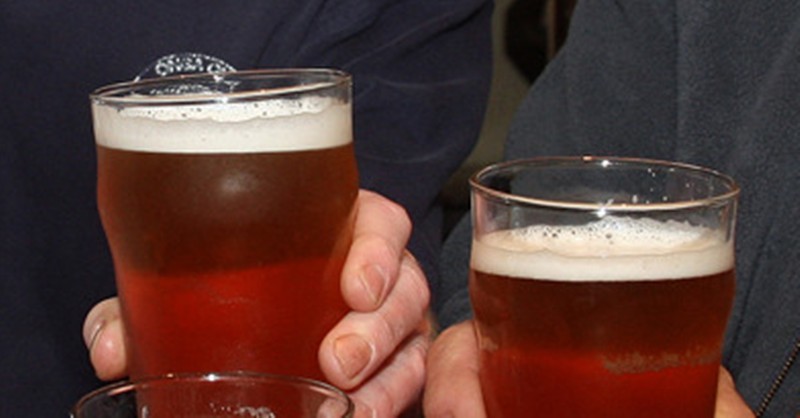Today’s VAT rise could force Scottish pubs out of business and cost hundreds of jobs, it has been claimed.
The increase in VAT from 17.5% to 20% could add 6p to the price of a pint — on top of a 26% rise in beer tax over the past two years.
Many Scottish pubs closed in the wake of the smoking ban, while the recession and extreme winter weather have hit business hard. Licensed trade leaders now fear the new increase in prices could spell the end for many pubs and clubs.
The British Beer and Pub Association (BBPA) has warned the “double whammy” of recent increases to duty and VAT could devastate pubs, which rely on beer sales more than other alcohol retailers such as supermarkets and off-licences.
A spokesman for the Scottish Licensed Trade Association said the VAT rise will add to what has already been a hard winter for the hospitality industry.
“This is coming at completely at the wrong time for us — it will cost jobs and closures,” he said. “The big problem our membership has is that we are individual operators and cannot absorb the costs the way a big supermarket can. We have to pass the rise on directly to our customers.”
He added that many pubs are struggling in the wake of December’s winter weather.
“We’ve had reports of takings being down about 50% in December in some places, which is normally our busiest time of year.”
Research carried out by Oxford Economics for the BBPA found nearly 9000 jobs could be lost as a result of the hike in VAT, while plans to increase beer duty in March’s Budget could cost another 10,000 posts.
Chief executive Brigid Simmonds said, “Today’s VAT rise is another tax blow for the industry. The Treasury is piling tax on top of tax.Damage”The 26% rise in beer duty in the past two years will now have an even higher VAT rate charged on top of it. The Treasury needs to think again when it comes to plans for further beer tax hikes in March.
“The government has recognised that tax increases harm to pubs, and wants policies that don’t damage the sector. Now is the time to translate this wish into action, with policies that keep pubs open, and create jobs and wealth in the UK economy.”
Pubs and clubs that opened past midnight this morning will also have another headache — publicans will need to split their takings from before and after midnight.
“If premises are open past midnight on the 3rd of January, the VAT authorities will expect to see a split in the takings and the corresponding VAT element declared,” said a spokesman for the SLTA.
“They have advised that they will accept a reasonable apportionment of the takings being declared as being post midnight and only in cases where an in-depth investigation is being undertaken would they expect to see till readings to substantiate the split.”
A Scottish Government spokesman said, “The Scottish Government is of the view that the UK Government’s hike in VAT is damaging to consumers and the wider economy, and that the Scottish Parliament should have responsibility for such powers.
“There is widespread recognition across the country of the need to address the problem of alcoholic drinks such as white cider and supermarket own-brand spirits being sold at an unacceptably low price relative to their alcohol content, which is why we still believe our proposal — regrettably rejected by Parliament — to introduce a minimum price of 45p per unit of alcohol would be the most effective and efficient measure.”
